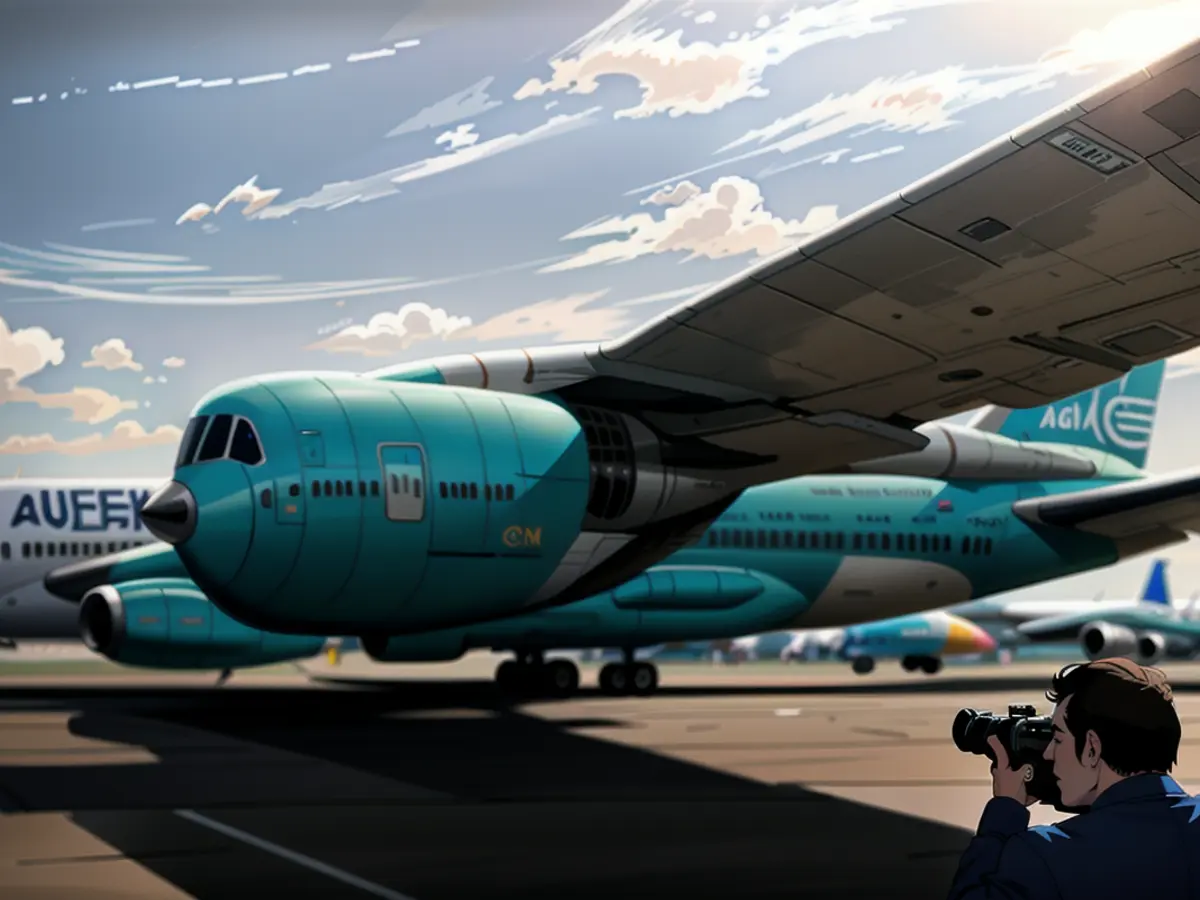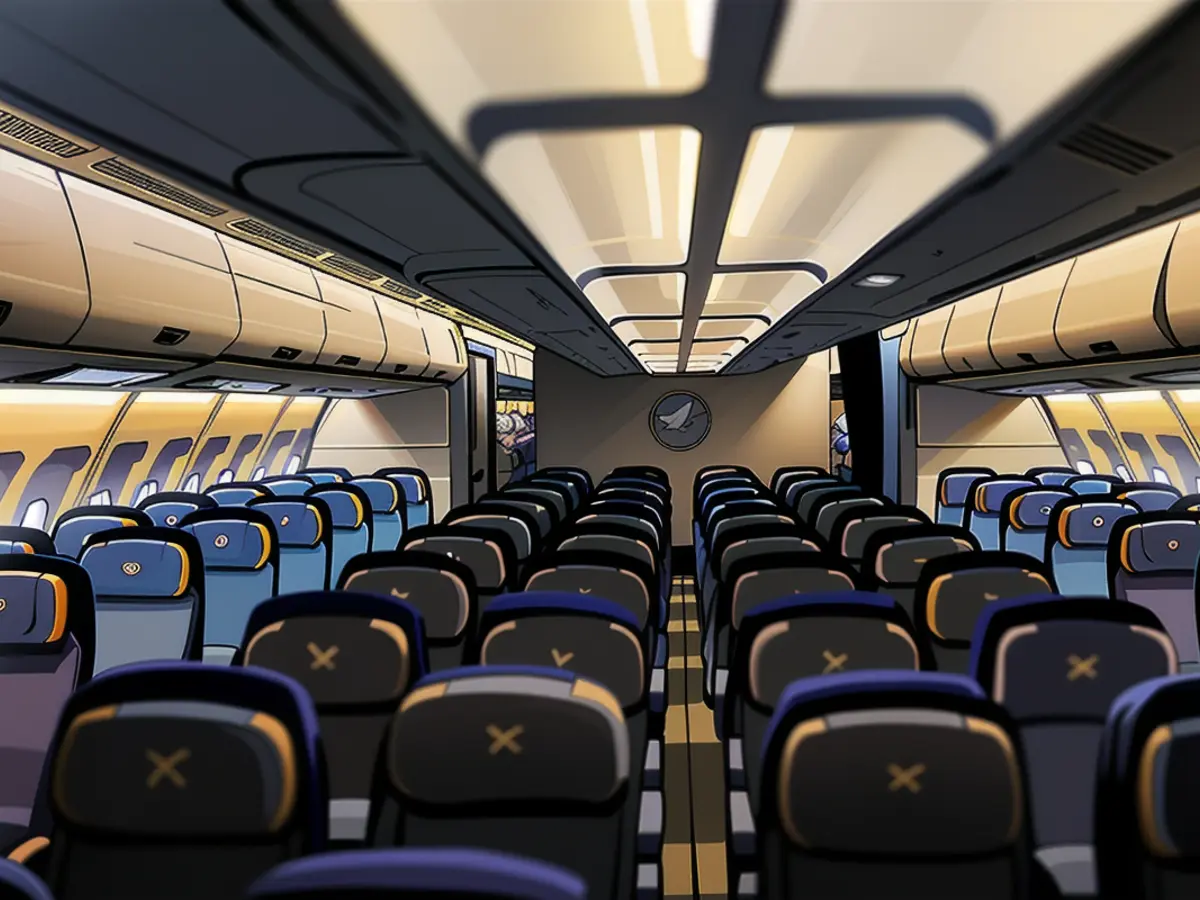The Airbus A340, once dominating long-haul air travel, is gradually fading from the skies.
Thirty years ago, the A340 made its debut with Lufthansa and Air France, but only 380 have been produced since, the last in 2012. On the other hand, Airbus has manufactured 565 of its successor, the A350, since its introduction in 2015.
At first, Airbus had high expectations for the A340, which was supposed to replace aging Boeing 747s and DC-10s and boasted unmatched range.
When it first entered commercial service in 1993, an A340 broke records by flying from the Paris Air Show to Auckland, New Zealand, and then returning after a five-hour layover, covering over 42 hours in the air. This was the first ever nonstop flight between Europe and New Zealand, and the longest nonstop flight by an airliner.
During its peak, the A340 was used to operate the longest nonstop flight in the world, and for a while, it was the go-to airplane for world leaders due to its range and size.
However, its key feature - the four engines - turned out to be its downfall as fuel costs began to rise. Twin-engine jets started offering the same performance with lower operating costs, causing the A340 to swiftly decline in popularity.
By the early 2000s, the A340's main competitor - the twin-engined Boeing 777 - was outselling it 10 to 1. The 777 even took away the longest flight record with a nonstop journey from Seattle to Kuala Lumpur in 1997.
Gary Crichlow, an aviation analyst at consulting firm AviationValues, explained why four-engine jets disappeared: "The A340 essentially disappeared because twin-jets could fulfill its mission more efficiently. There's a reason complex organisms evolved to have no more than two of any large, energy-guzzling organ: because when you can't get away with one, two offers the best bang for the buck. Three or more is overkill."
As of February 2024, there were just 64 A340s in service with 17 airlines worldwide, according to Cirium, a significant decrease from pre-pandemic numbers in early 2019. Only Lufthansa operates more than 10, while other major airlines like Air France, Iberia, Singapore Airlines, and Virgin Atlantic have discontinued use entirely.
A worrying sign of the A340's imminent demise is that currently, no airlines operate the A340-500 variant, which Airbus introduced in 2003 as the world's longest-range commercial airliner.

Initially, the A340-500 was used by Singapore Airlines to run the world's longest flight, from Newark to Singapore. "The route was discontinued because Singapore Airlines couldn't generate enough revenue to offset the cost, particularly with fuel," says Crichlow.
Four-engine jets are being driven to extinction by the advent of newer and more reliable twin-engined planes, like the 787 and the A350, which boast superior safety ratings that allow single-engine flights for longer periods.
"Clearly, shutting down one engine on a twinjet is a bigger deal than shutting down one on a quadjet," says Crichlow. "But starting in the late 1990s, twinjets were granted up to three hours of single-engine flight time. Today, the certification record is for the Airbus A350 with up to 370 minutes or roughly 2,500 nautical miles. With the routing flexibility that certification offers, airlines no longer need four engines for long-haul travel."
There are currently only eight A340-500s left, out of the 34 built. Just two are still in a passenger layout, belonging to Azerbaijan Airlines and parked since November 2022 and March 2023, respectively. Of the remaining six, five are used by governments, and one is modified for corporate and VIP flights.
Sam Chui, an aviation enthusiast and blogger, has flown on the A340 over 50 times and recalls flying on the Newark to Singapore route when it was the longest. "That flight lasted around 19 hours on average," Chui says. Singapore initially operated it with a two-class setup but switched to an all-business class configuration, with only 100 seats, in its final years. "It was a fairly quiet cabin," he adds.
However, the A340 had its issues. "On a long flight from Hong Kong to London on the A340-300, they often left a lot of baggage behind when the plane was full," Chui notes. "The Singapore flight took a long time to take off in the US - three-quarters of the full runway."
Although it carried a reputation for being underpowered, the A340 was the only airliner reportedly hit by bird strikes from behind. Richard Aboulafia, an aviation analyst at Aerodynamic Advisor, quipped, "It was the only plane to be hit by bird strikes from behind."
Originally, the A340 was sluggish, consumed a lot of fuel, and because it had four engines, it was not only heavy but also expensive to maintain. The extended and refitted versions didn't fare much better, and by the time they were released, it was obvious that twin-engine jets could accomplish anything that quad-engine aircraft could do, at a lower cost and with less maintenance.

With no freight version (which often increases an aircraft's lifespan, like in the case of the Boeing 747), it's probable that the A340 will completely vanish from the skies in the next ten to twenty years.
However, for the time being, the type has some residual life, and is even flying to one of the world's most difficult destinations, Antarctica: Charter airline HiFly operates flights to the area with an A340-300, transporting scientists and a small group of tourists.
Many people will be sorry to see it go.
"The A340 is, almost incontestably, the most attractive of all the Airbus aircraft, and I'm sorry to see fewer and fewer of them around," says Patrick Smith, a commercial airline pilot who flies Boeing planes and the author of the well-read book and blog "Ask the Pilot."
"In an era of visual monotony among commercial jets, it has always been a standout," he adds.
"My favorite A340 version is the -600, with the prolonged fuselage and the massive Rolls-Royce engines. What a sight. I once chose an unusually early departure from Bangkok exclusively to fly on the -600."
As its numbers decline, the A340 will become a greater favorite among aviation enthusiasts.
"It's a fascinating airplane to observe, particularly when it takes off at the final possible moment," says Chui.

"These are now quite rare, and that makes them more intriguing for plane spotters. Definitely something different from the twin-engine aircraft."

Read also:
- Fear of escalation in the Middle East: US Secretary of State Blinken travels to the region again
- Government circles: US Secretary of State Blinken to travel to Middle East again
- Bridging days 2024: How you can double your vacation this year
- Germany has wanderlust: how tour operators and airlines are looking ahead to the next travel year
Source: edition.cnn.com








